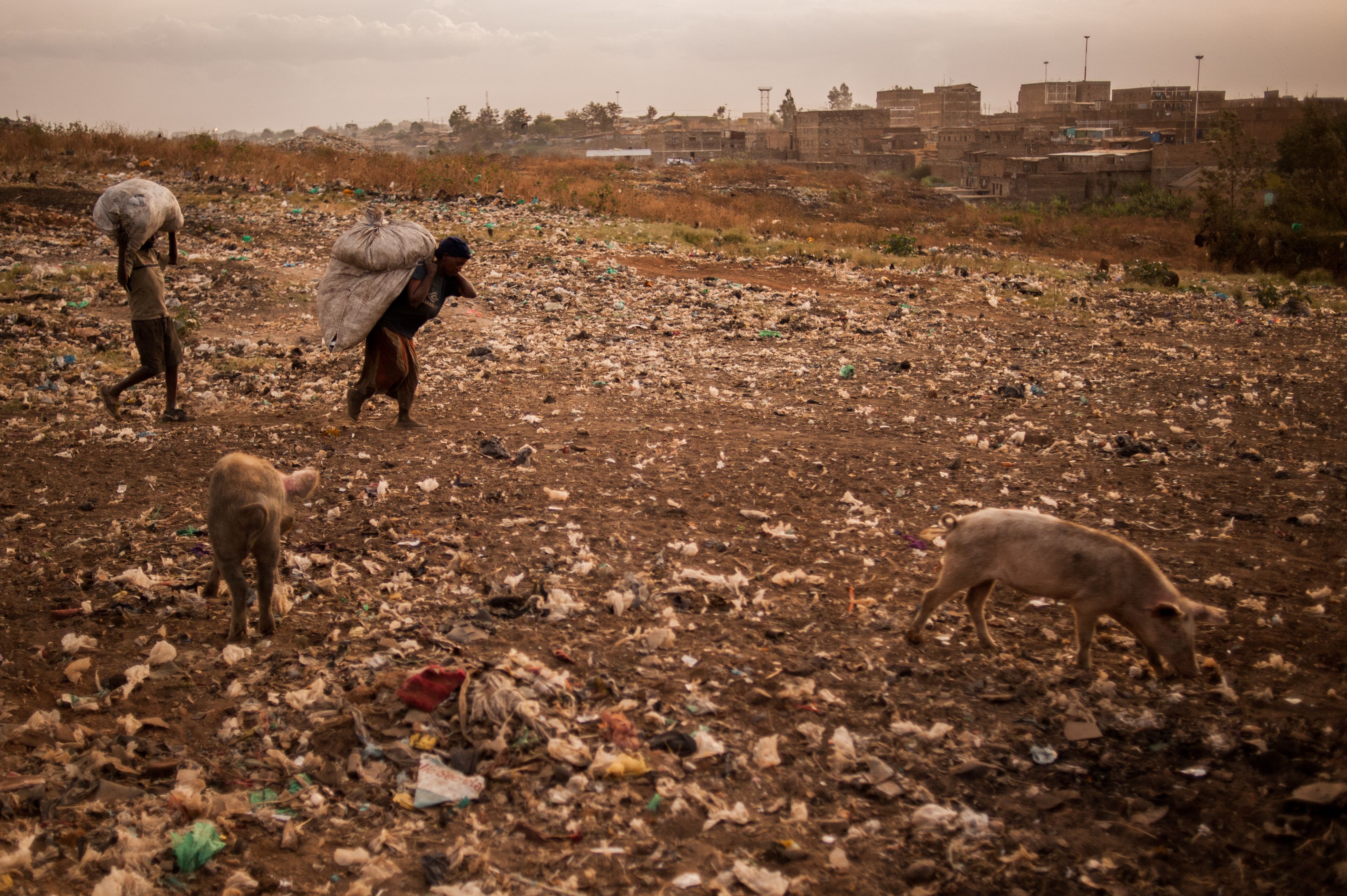The survival ritual of recycling – essential to the upkeep of the dumpsite, but not condoned by the city – has continued ever since Dandora was first named the city dump in the mid-1970's—more than 20 years longer than international law allows and 11 years after the site was declared full by the Nairobi city council. Over the next five years, the city hopes to decommission the site, though their relocation strategy has remained on the desks of city council members for over a decade.
While Dandora certainly represents a provocative starting point for understanding the country’s health, waste, and sanitation struggles, the scale of marginalization in Dandora leads to questions about globalization, urbanization, and international accountability. Nairobi is known as an East African hub for journalists, deep-pocketed safari goers, and en-route missionaries, and yet nearly a quarter of the city’s residents go largely neglected.
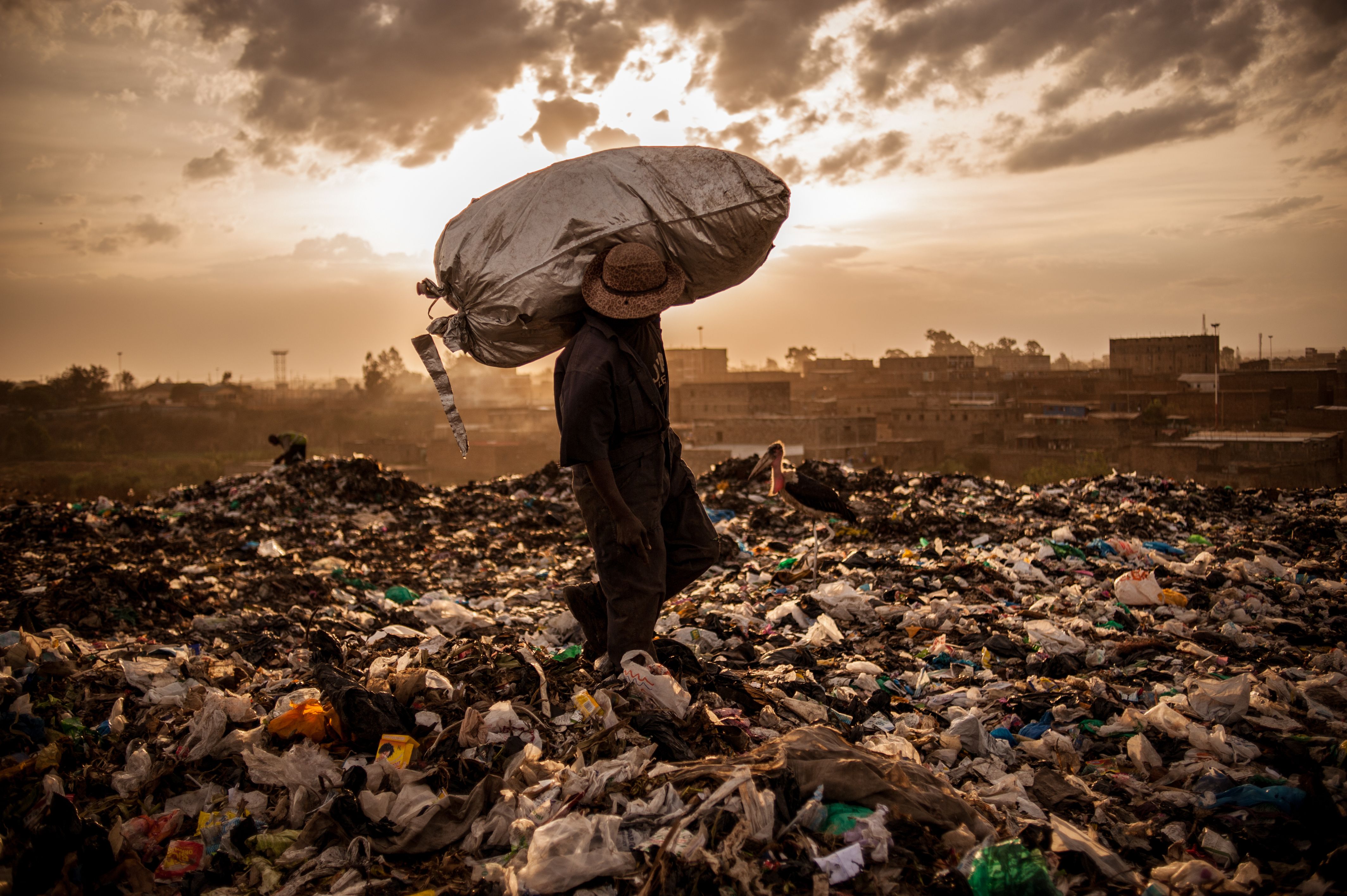
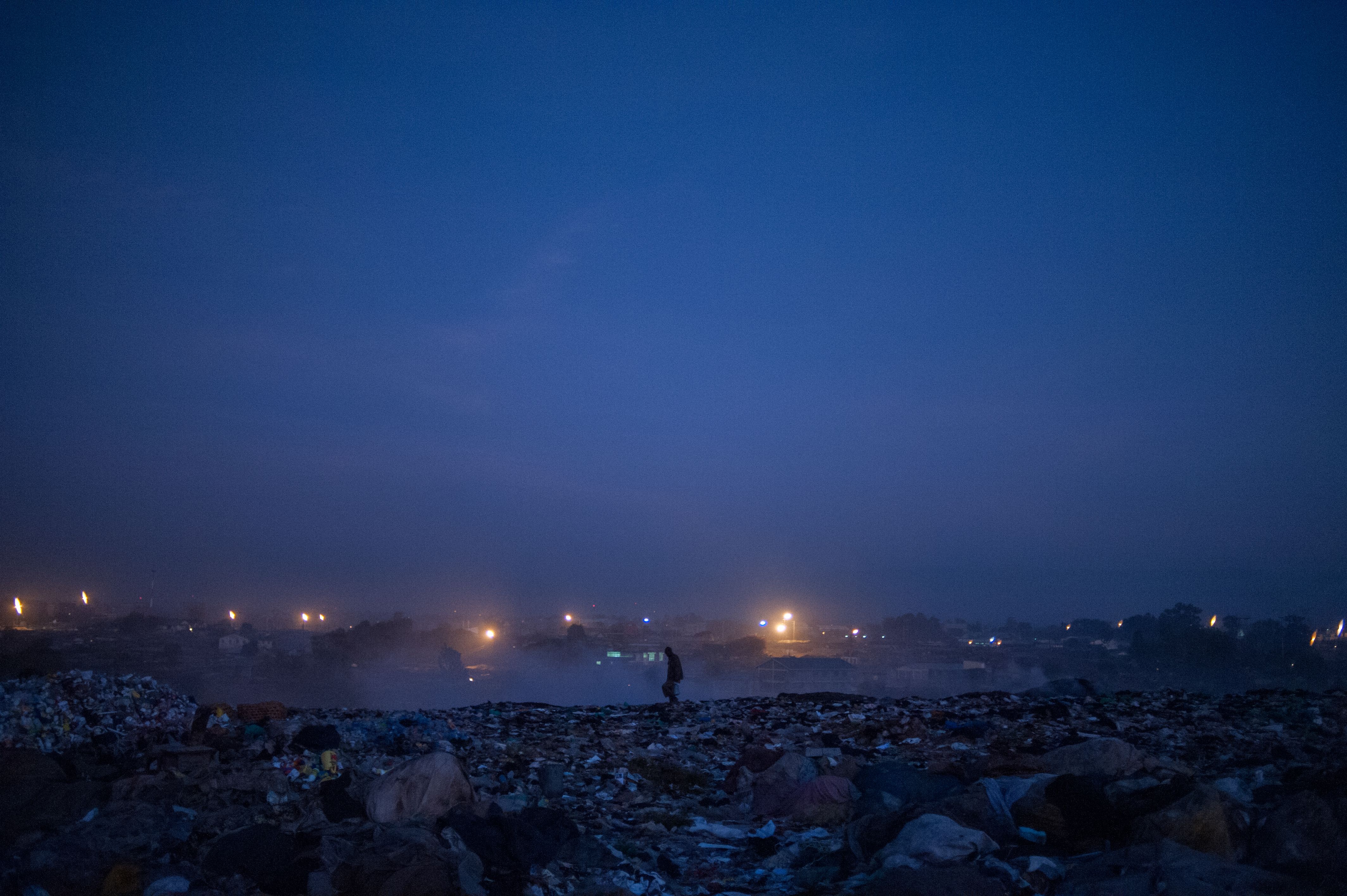
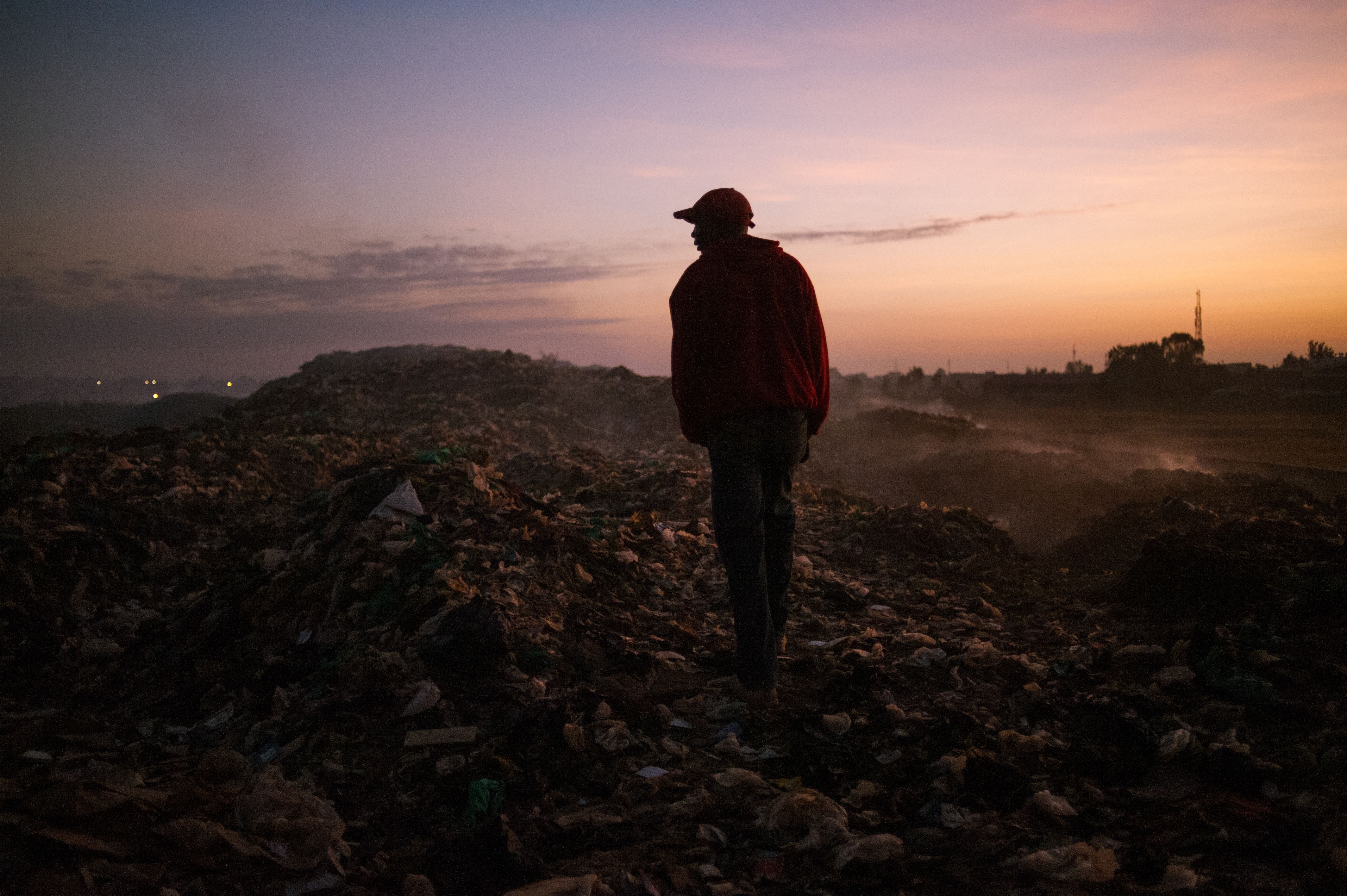
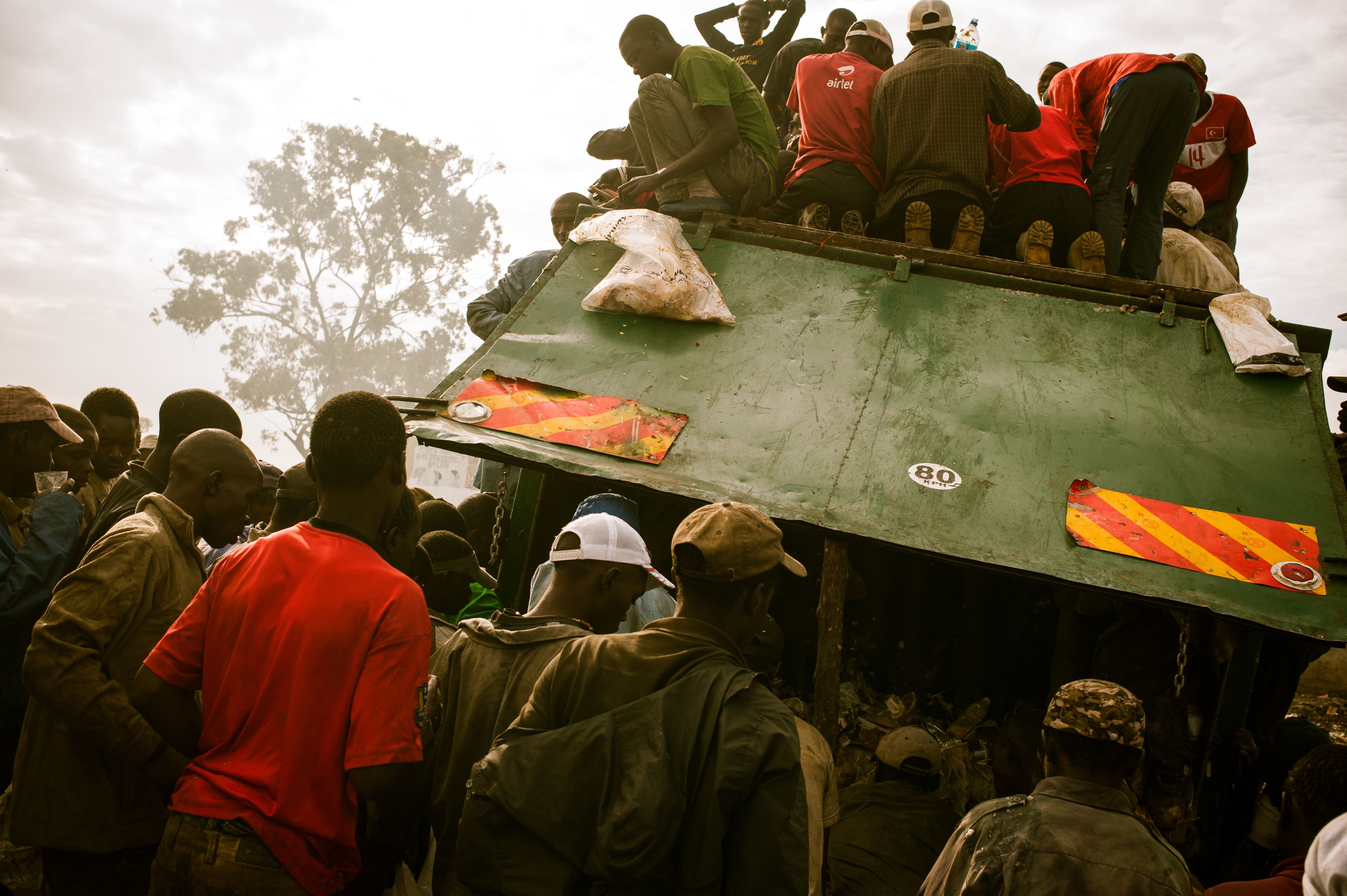

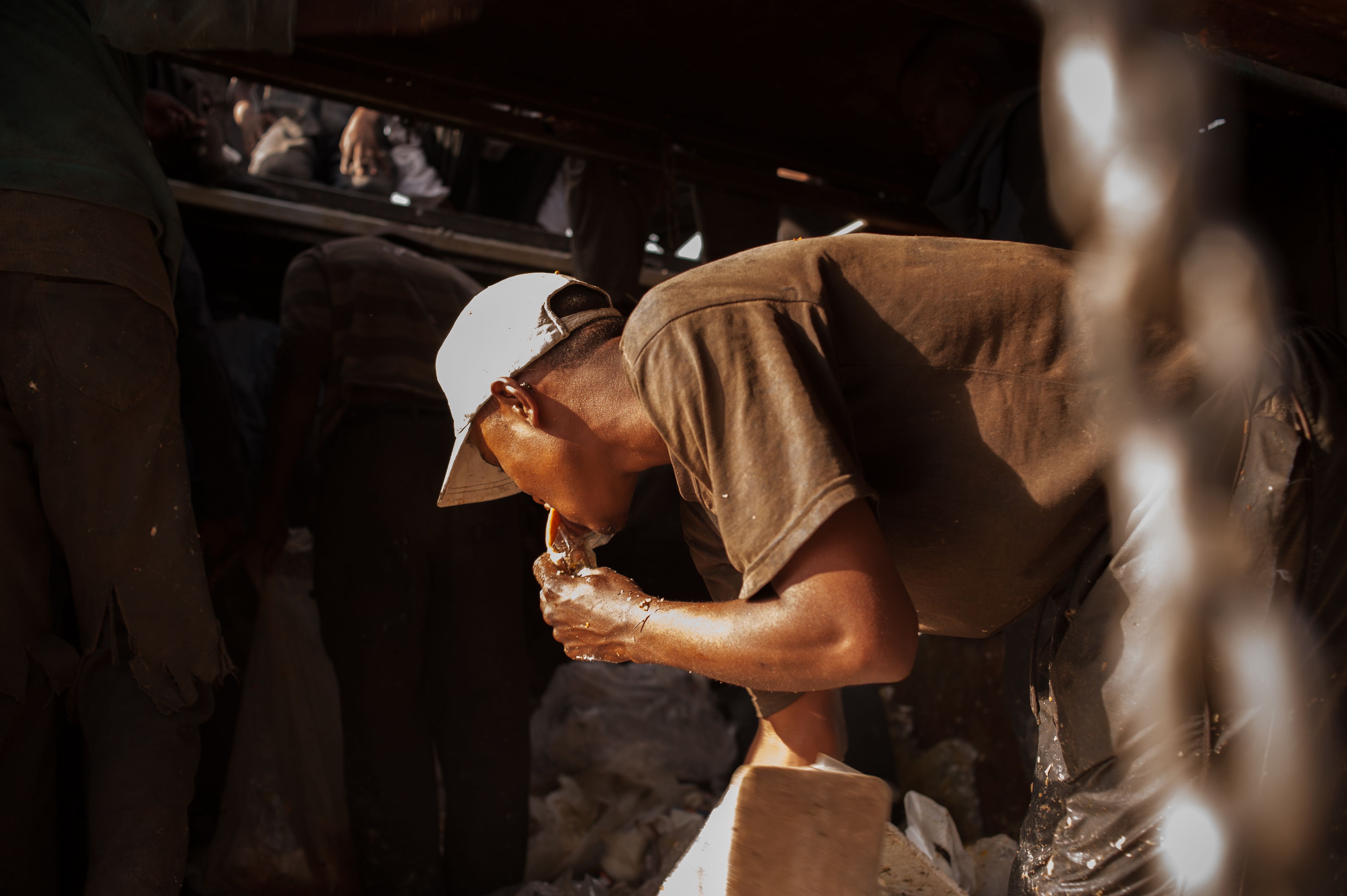
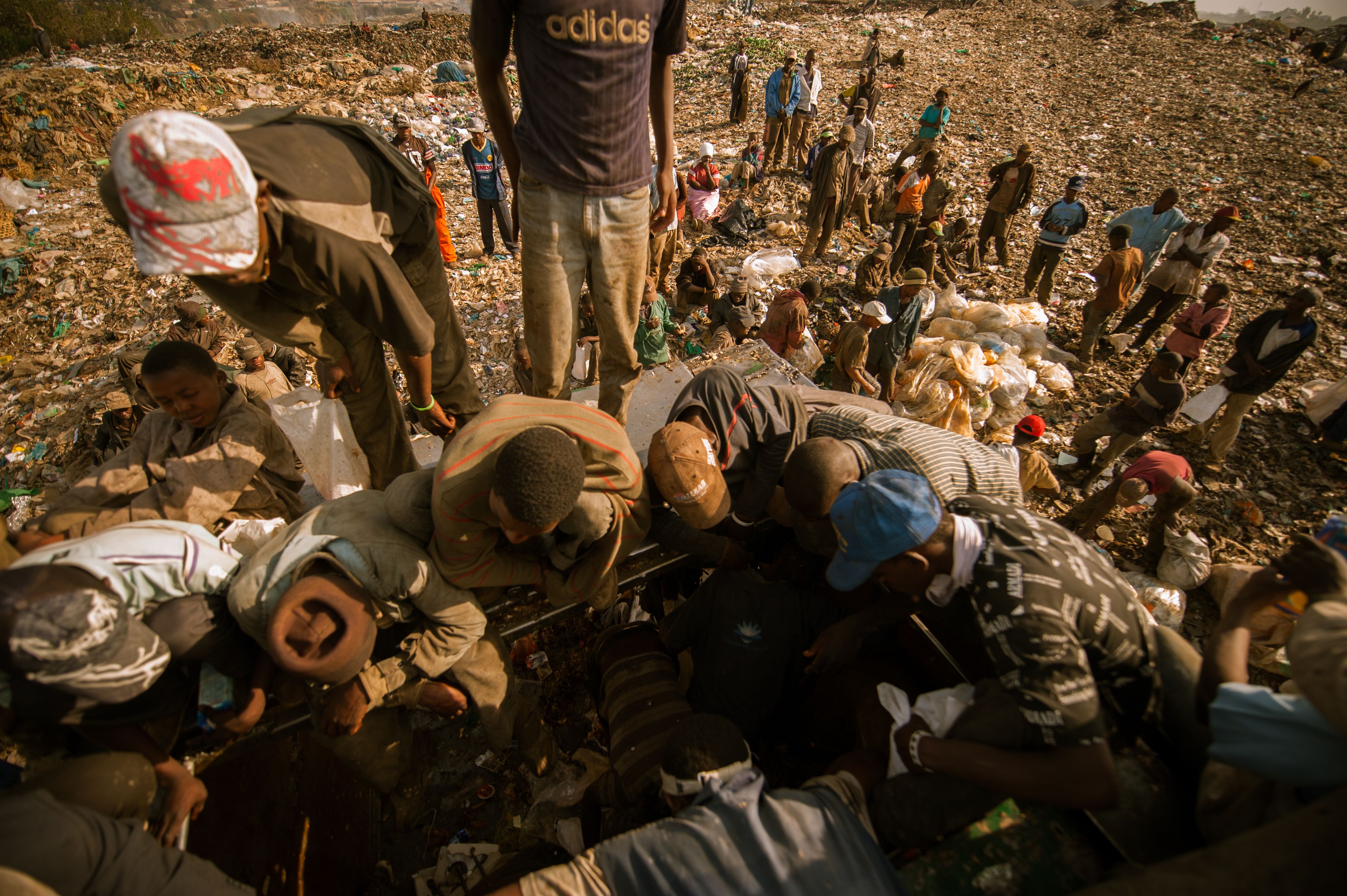
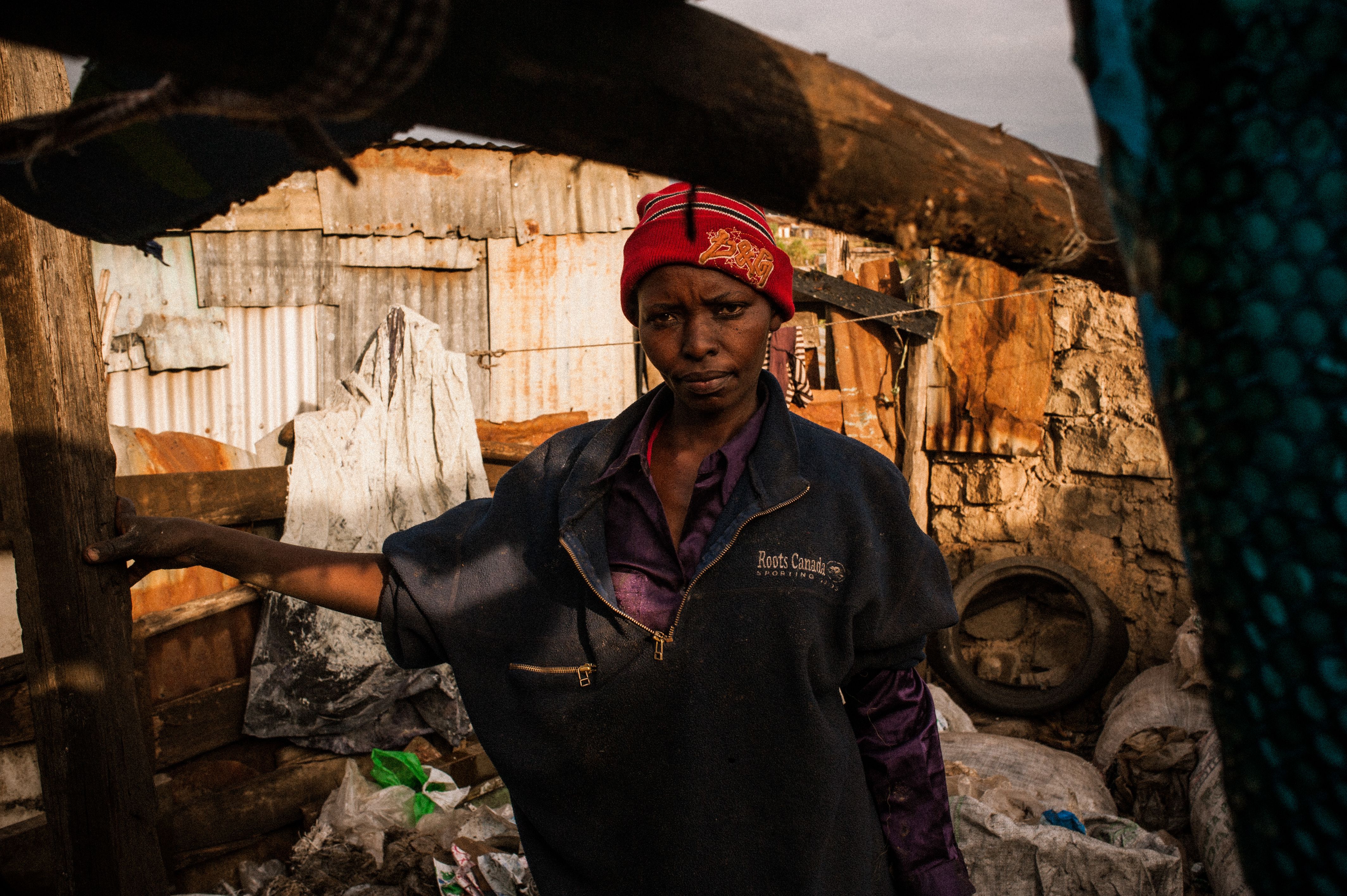
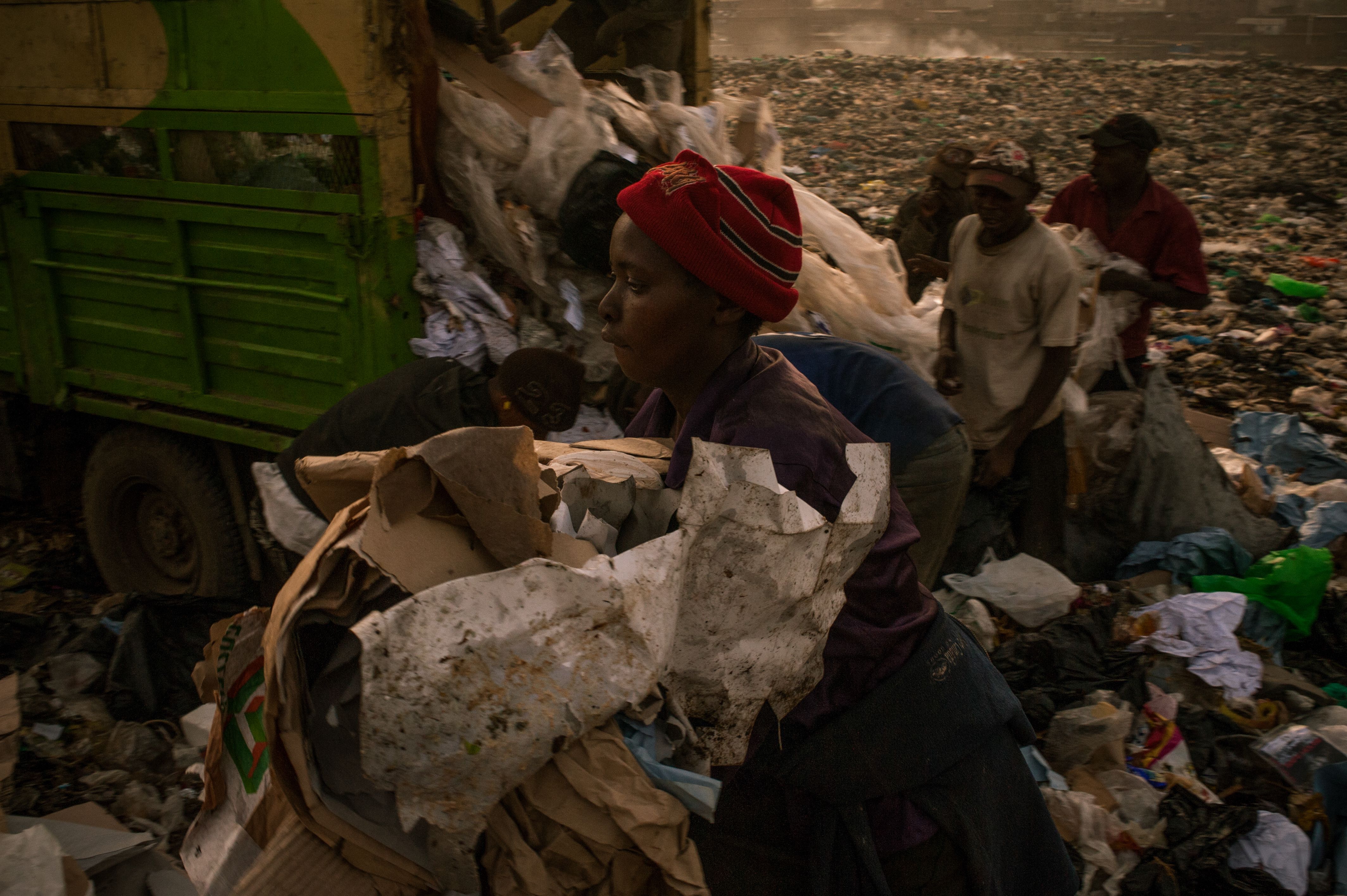

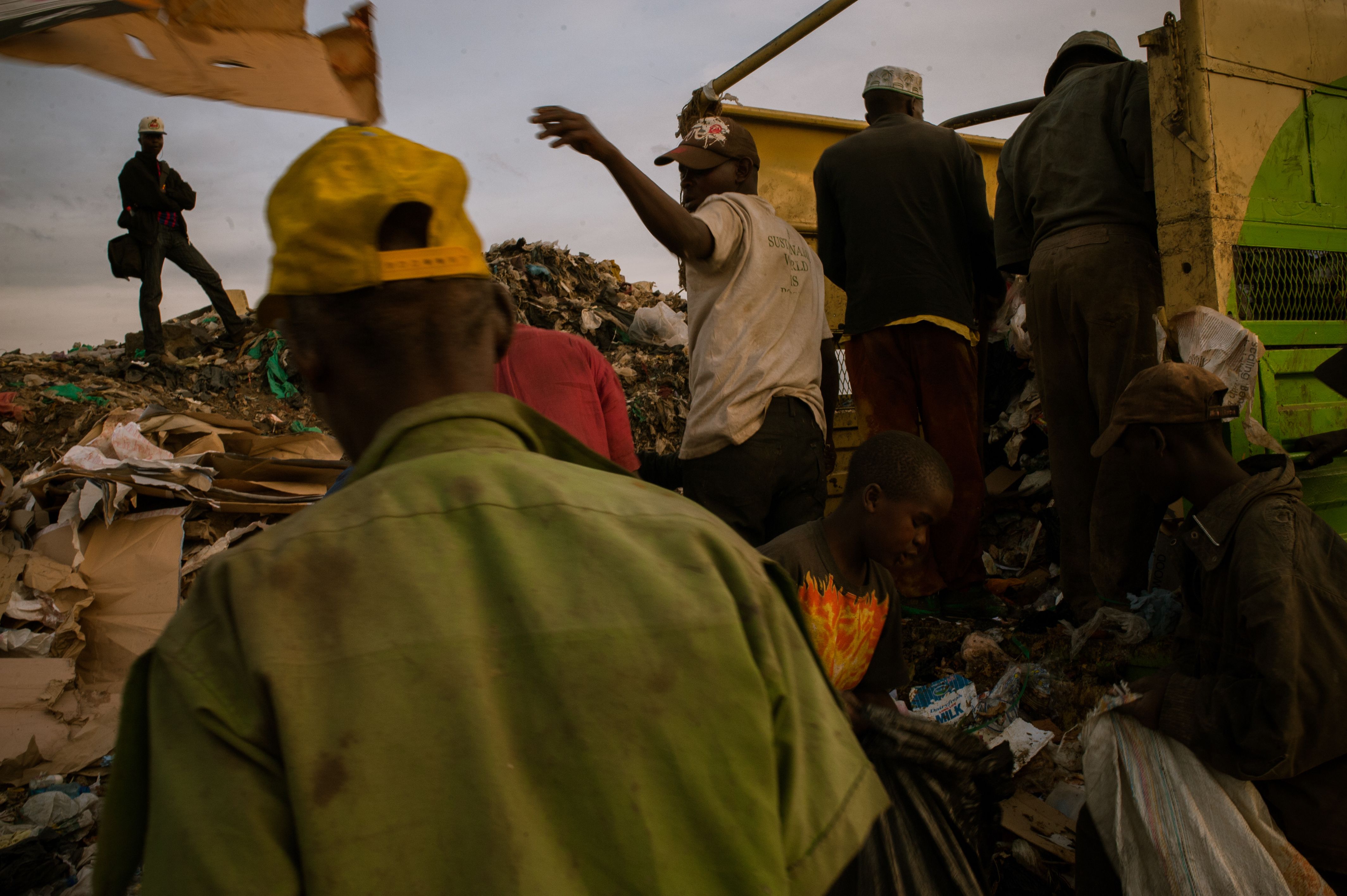
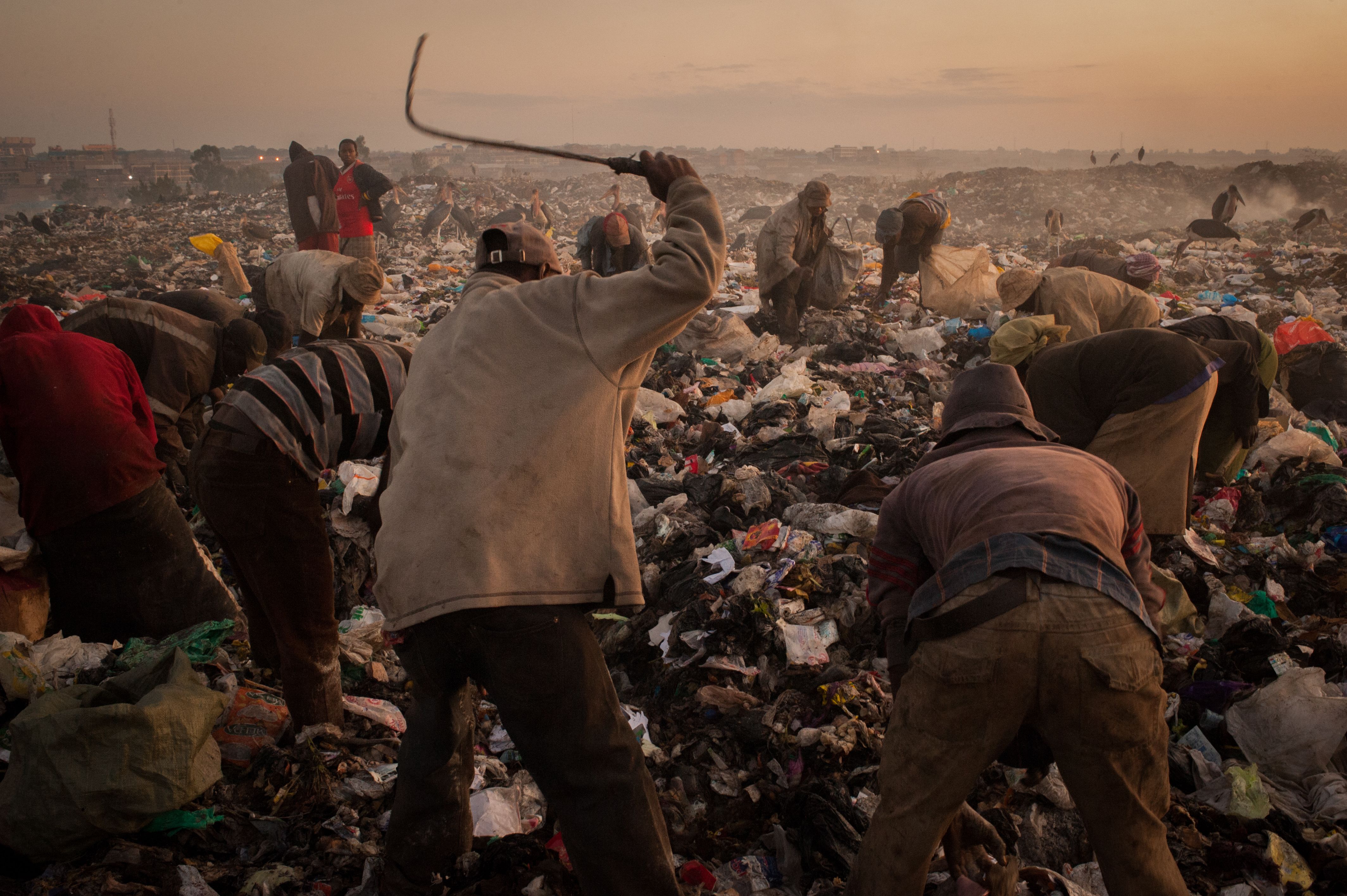
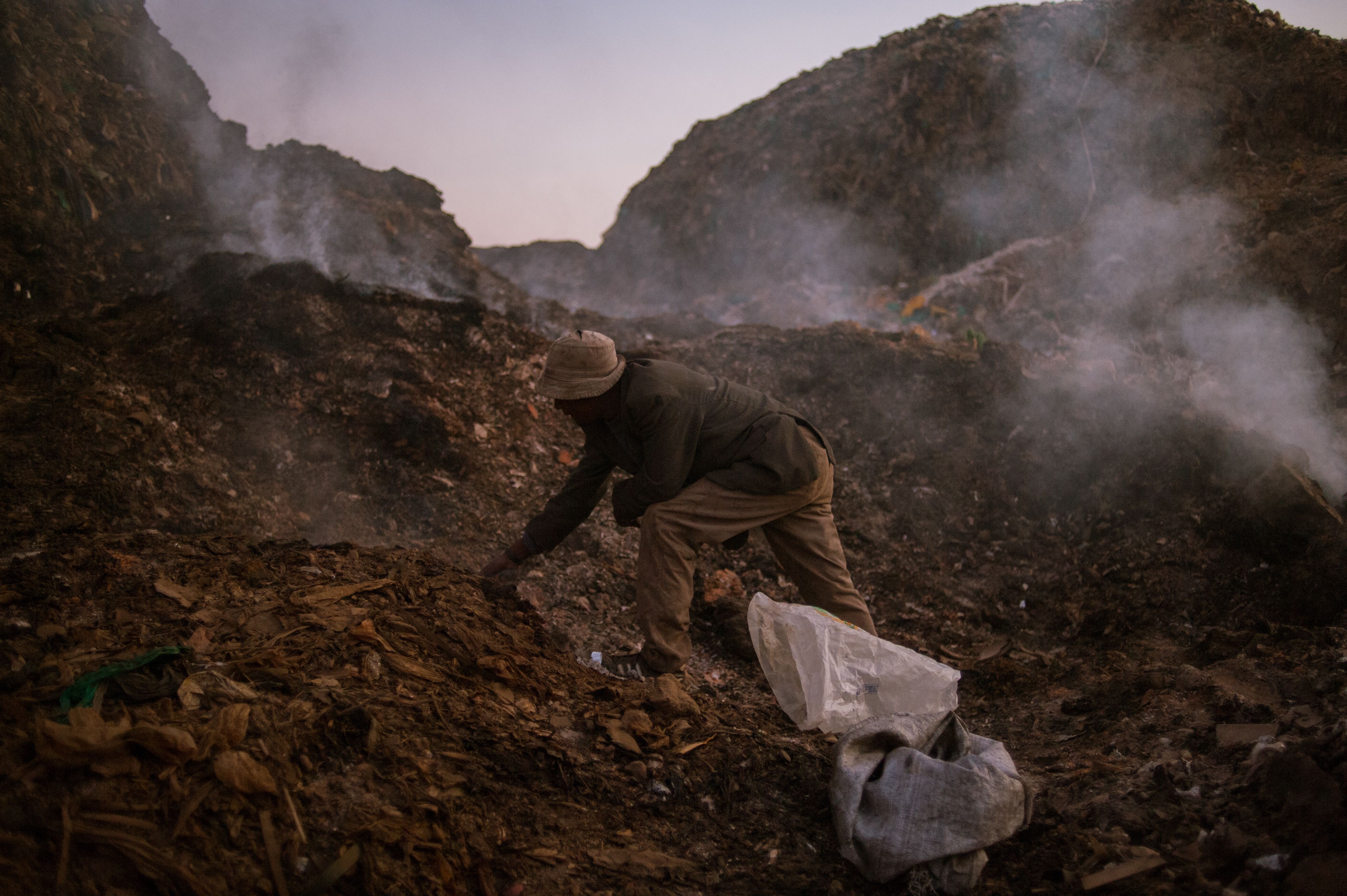
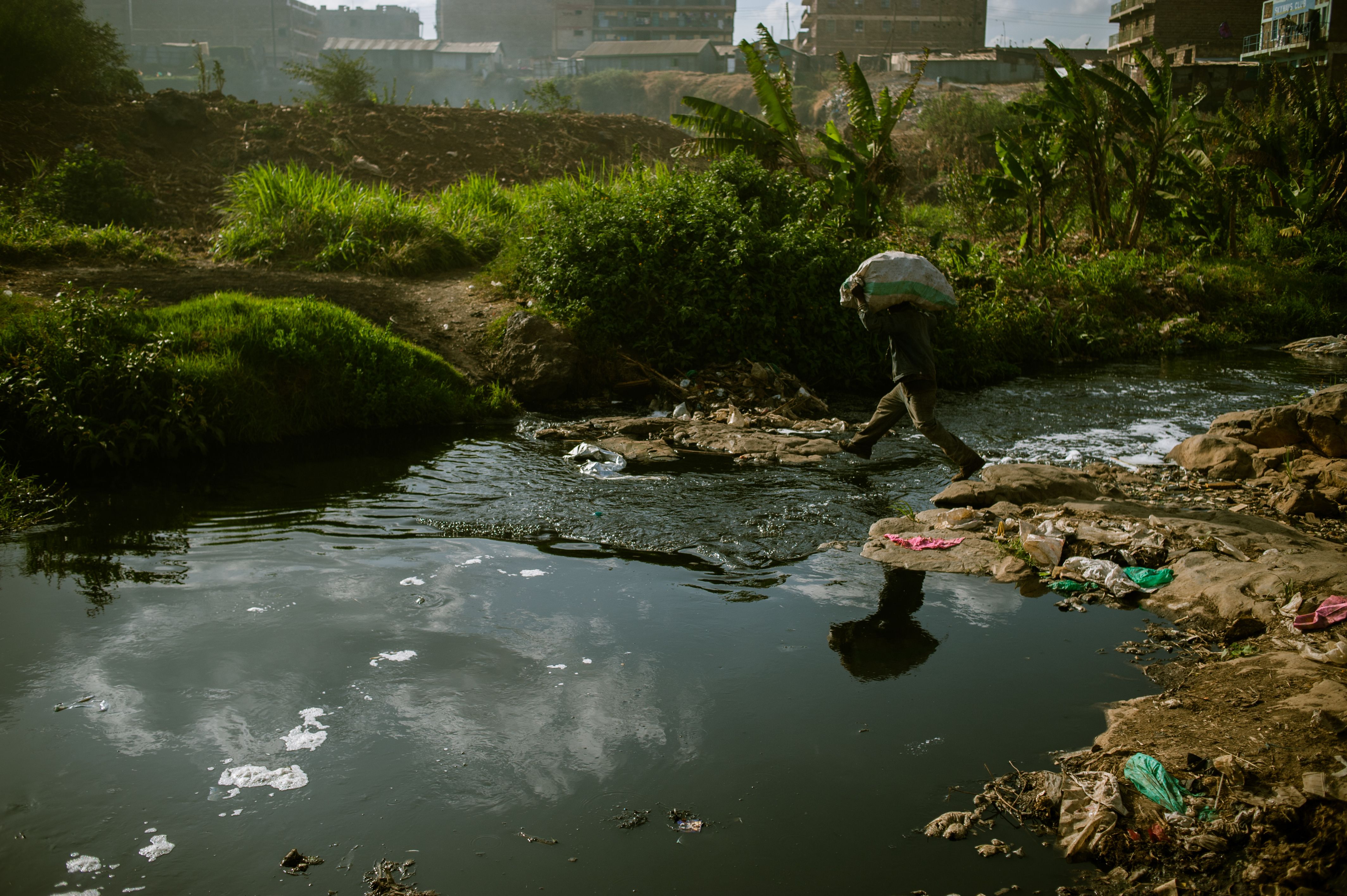

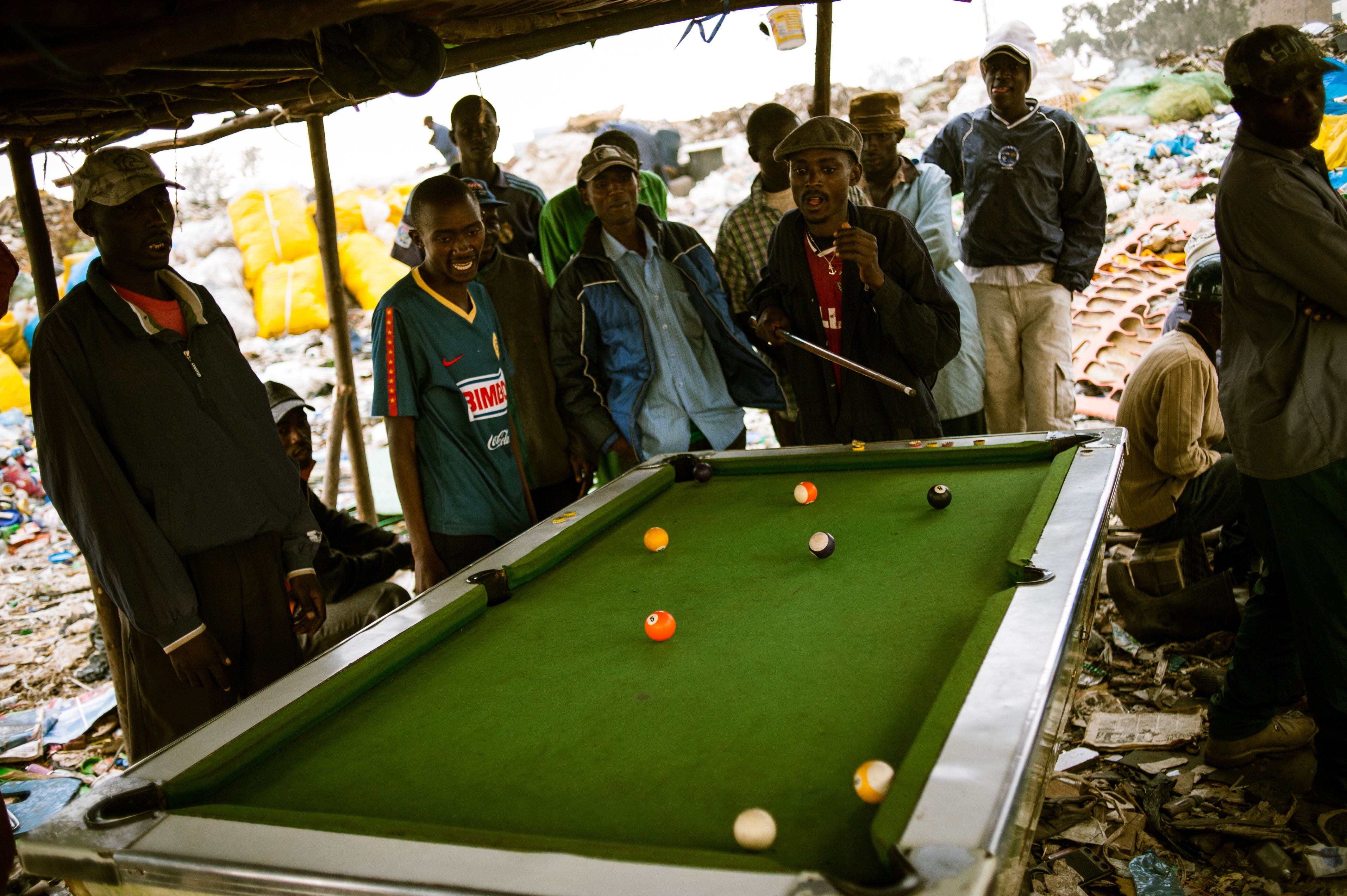
![Pausing in the rain, a woman tells me she wishes she had more time to look at books. She even likes the industrial parts catalogs. “It gives me something else to do in the day besides picking [trash],” she says. Image by Micah Albert. Kenya, 2012.](https://legacy.pulitzercenter.org/sites/default/files/styles/node_images_768x510/public/Dandora-17.jpg?itok=8cbOlGz_)
